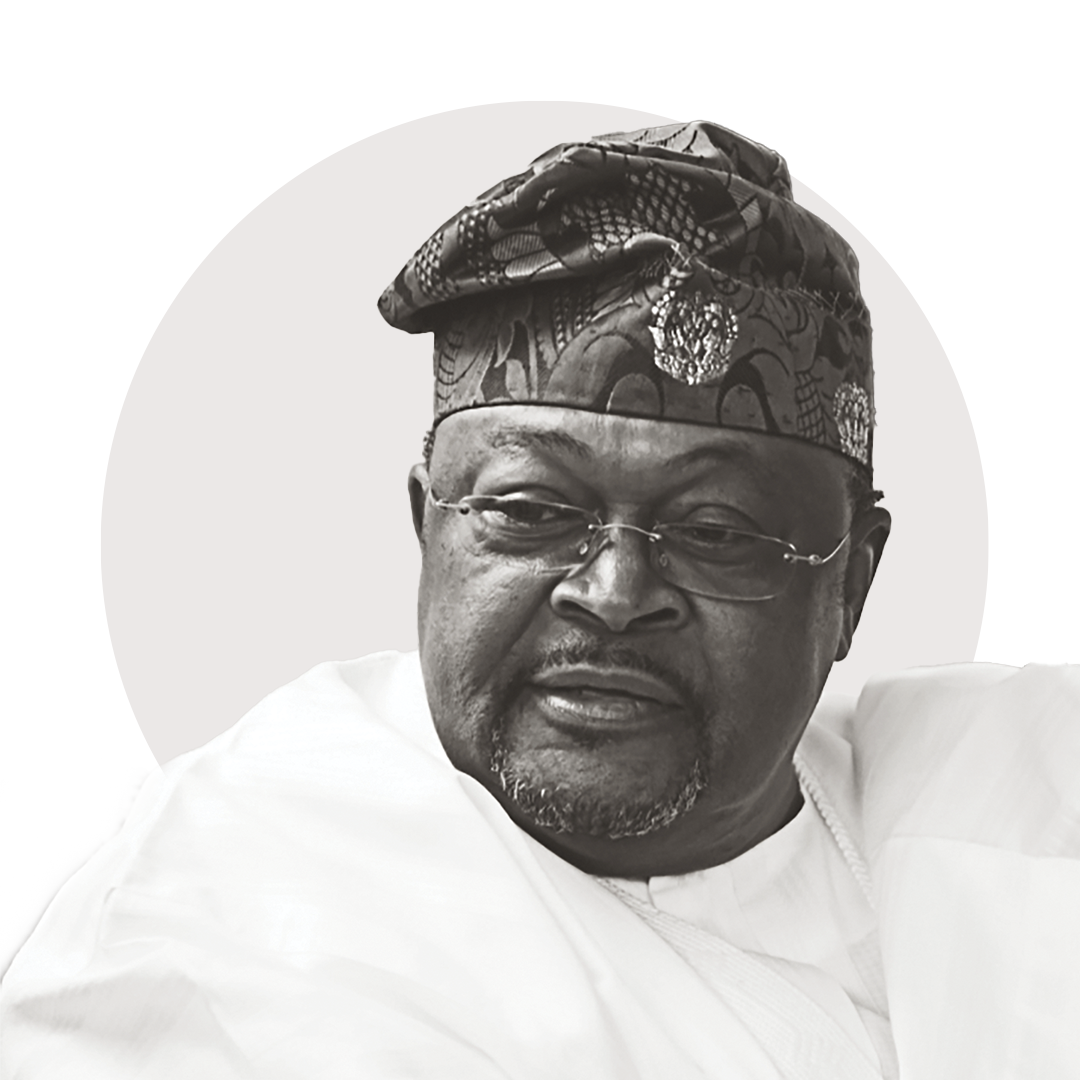Microsoft’s move to add the role of board chairman to CEO Satya Nadella’s duties at the technology giant bucks a growing trend of companies separating the two jobs.
The number of companies whose CEO also held the title of chairman has declined steadily over the past three years at U.S. companies of all sizes, from the megacap corporations in the S&P 500 to the smaller firms in the Russell 3000 index, according to new research by the Conference Board and analytics firm ESGAUGE.
The trend seems to be more pronounced among smaller companies. Only 36% of Russell 3000 companies had the CEO also serve as chair in 2020. That’s down from 41% percent in 2016.
“The importance of having an independent board has pushed many organizations to adopt a separation model,” says Matteo Tonello from The Conference Board. “The strong leadership skill sets in CEOs of very large S&P 500 companies may be the reason why these companies are more reluctant to have the role separation,” he added.
Providing better oversight of company management and avoiding the sorts of conflicts of interest that sunk companies like WorldCom and Tyco, have largely been the reasons behind the role separations.
Loading...
In companies that give CEOs a chair role as a reward for proving themselves as leaders, the gap is typically closer to two years. Nadella’s predecessor, Steve Ballmer, never named chairman during his 14-year tenure as CEO of the software giant. For years, co-founder Bill Gates played that role. John Thompson became chairman when Nadella was named CEO in February 2014 and will return to his previous role of being lead independent director.
Microsoft rationalized Nadella’s promotion in a statement that suggested the board wanted a firmer focus on management priorities. “In this role, Nadella will lead the work to set the agenda for the board, leveraging his deep understanding of the business to elevate the right strategic opportunities and identify key risks and mitigation approaches for the board’s review,” said the statement.
The spotlight on the trend of CEOs serving as board chairs became more intense after the dot-com bubble burst in 2000. Along with sinking many Internet startups, the stock crash made investors more skeptical about the cult of personality around many company leaders. Scandals at companies like Tyco, Enron, and WorldCom only reinforced a key question: Where was the board? Separating the chairman and CEO role was seen as a critical step in reinforcing board independence.
The debate continued, intensifying again after the 2008 financial crisis. In February 2010, the Securities and Exchange Commission issued rules requiring listed companies to disclose their leadership structure and explain why it was appropriate. That exercise, along with pressure from shareholders, proxy advisory firms, and regulators, has prompted a slow but steady trend towards separating the chair and CEO roles. As Peter Crist, chairman of search firm Crist | Kolder, notes, “once those roles are decoupled, it’s rare to go back.”
The exception is when a successful CEO wants that role — or it’s treated as a promotion for a job well done. Mary Barra at General Motors, for example, followed a fairly typical pattern in being named chair of GM two years after holding the CEO slot. What’s unusual about Satya Nadella is the fact that he was CEO for seven years before being named chairman. That could indicate some frustration or perceived issues with the board’s ability to navigate through the current environment.
“The chair has more power to control the agenda and set the stage for conversations in the boardroom,” says Crist. “A CEO may say, ‘I need to lead and educate the board’ to get things done.”
That said, Crist rarely supports such a move. “I’m a strong believer in separating the chair and CEO roles … Not many board members can stand up to a strong CEO. Look at compensation trends. When is compensation going to trend down? Never. It’s important to have as much autonomy as possible … If you’re a high-performing company and the CEO is viewed as a critical element of success, investors will basically shrug their shoulders when a CEO gets named chair of the board.”
By Aayushi Pratap, Forbes Staff
Loading...





















